I Bought a 124 Years Old Film Camera
A camera that gives me a whole new perspective when I see the results. It's amazing.
So recently, I bought a Kodak Brownie No. 2 Model E, a camera made in 1901 and was on of the earliest cameras to use 120 roll film. I bought it out of genuine curiosity and interest in understanding how cameras worked back then. It fascinates me how, despite the limitations, this camera was used to produce so many incredible photos during the World War II era.
If you’re not familiar, this camera comes with significant limitations compared to modern cameras—or even other film cameras from the 1950s. It’s a very simple box, with just two apertures, one shutter speed, and two shooting modes:
Aperture: Limited to f/11 and f/22, which you can switch using the larger metal pull tab on the front.
Shutter Speed: Fixed at 1/50 of a second—you can’t adjust it.
Shooting Modes: Offers only two modes: normal and bulb, which you can toggle using the smaller metal pull tab on the front.
The size of the photo is 6x9: Meaning you’ll get around 8 to 9 photos for one 120 film roll.
One thing that really interesting is that the camera has two viewfinders: one on top for portrait orientation and one on the right for landscape orientation.
Last week, I took this camera to Takayama and Shirakawa-go and shot two rolls of film—Kodak Gold 200 and Fuji Pro 160NS. This time, I’d like to share some of the results and my impressions of using it.
Disclaimer: The back cover of the film box was slightly loose, allowing some light to leak into the film box. Unfortunately, I only noticed this after developing and scanning the film, so I can only save 6 photos from 2 rolls of film :(
This is the first photo, and when I scanned it, I was genuinely amazed. It’s incredible how such a simple box camera, without any fancy mechanisms, can produce such a nostalgic image. The vibe and feel of this photo are so different from those taken with my Hasselblad, likely due to the lens—Hasselblad lenses tend to deliver cleaner results.
In this photo, I love the details and composition. On the left side, you can see the blurry, foggy morning creating layers in the trees—I like it! The reflection in the water in front of the Shirakawa-go traditional house is also stunning, adding to the charm of this scene.
I just like the imperfection!
The second picture has the same charm. I absolutely love the imperfections and the soft, foggy morning with the layered trees—it feels perfect to me. Surprisingly, the light leaks add to the nostalgic vibe, making the photo even more special. I’ve truly come to embrace these imperfections, and they make the image feel more authentic and timeless.
I really love the third photo as well. The composition turned out exactly as I envisioned when I took the shot, and seeing it come to life feels incredibly satisfying.
The next three photos are from the Kodak Gold 200 film roll. Interestingly, this roll seems to have more major light leaks compared to the Fuji Pro 160NS. Maybe it’s because I shot the Fuji roll early in the morning when the sun was still hidden behind the clouds.
Several things about this camera truly amazed me. First, I realized that Kodak’s system for medium-format film has endured for over a century. The design of the 120 film roll, introduced alongside cameras like the Kodak Brownie, remains the standard to this day, seamlessly used in all modern medium-format cameras.
Another fascinating detail is how they approached film shot counting back then. Unlike modern cameras, which have built-in film counters, this camera relies on a simpler yet ingenious solution. Since the technology for built-in counters didn’t exist in 1900, Kodak added numbers directly onto the film backing paper and designed a small red window at the back of the camera. By looking through this window, you could see how many shots you had taken. It’s remarkable how precise this system is, from the positioning of the numbers to the guidance for advancing the film. Even more surprising is that this feature is still part of 120 film rolls today, even though most modern cameras no longer require it. It’s a nostalgic nod to the past, keeping a 124-year-old system alive.
That’s all for now! I’ll work on fixing the film box cover and take more photos with this camera soon. Next time, I plan to try shooting with black-and-white film, so please look forward to it!
I made a video about this as well with more reviews, feel free to watch it!
Thank you for reading! Let’s connect through some of my social media such as Twitter, Instagram, and YouTube!
I’ll see you again next time!
Cheers,






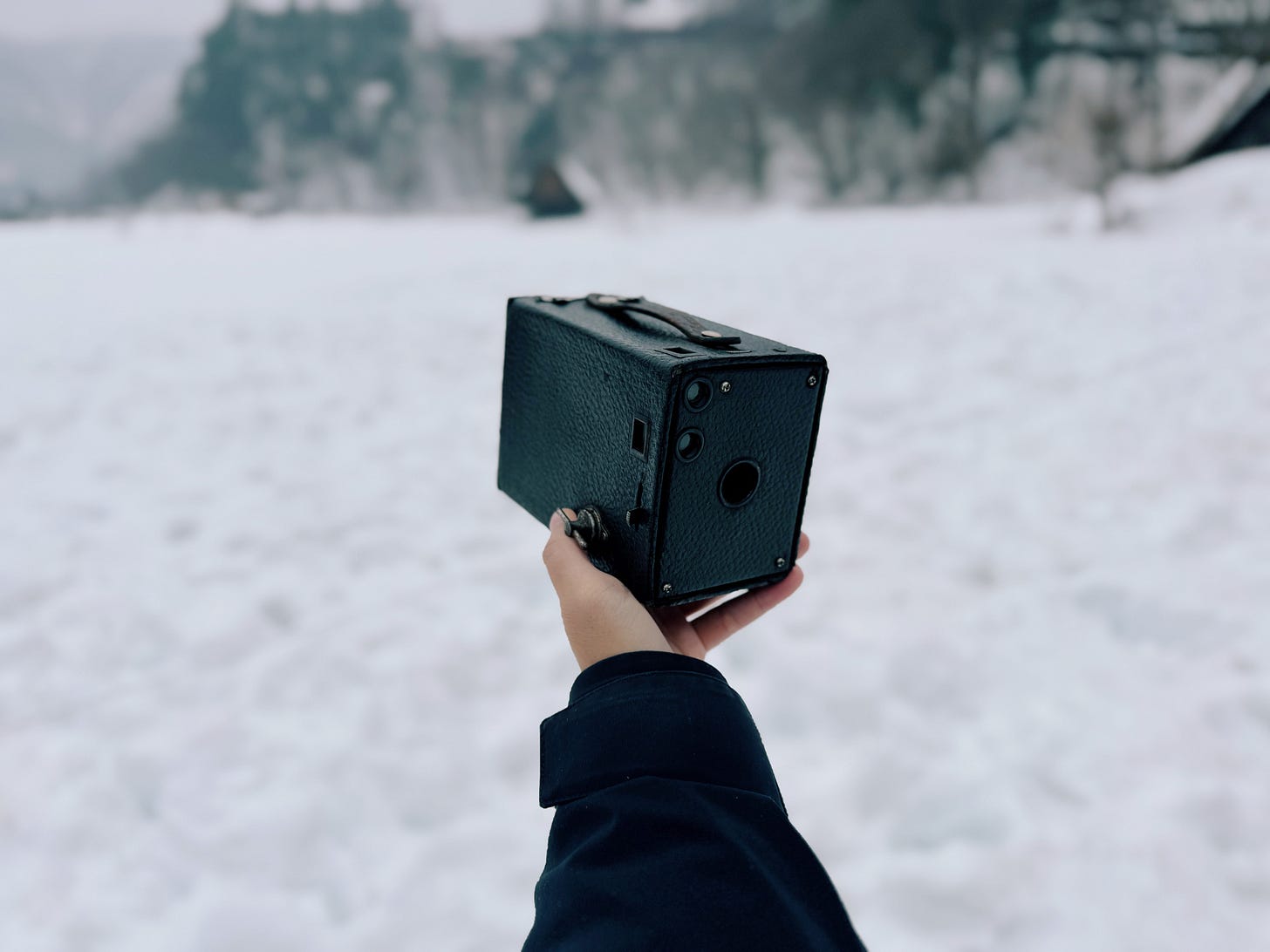
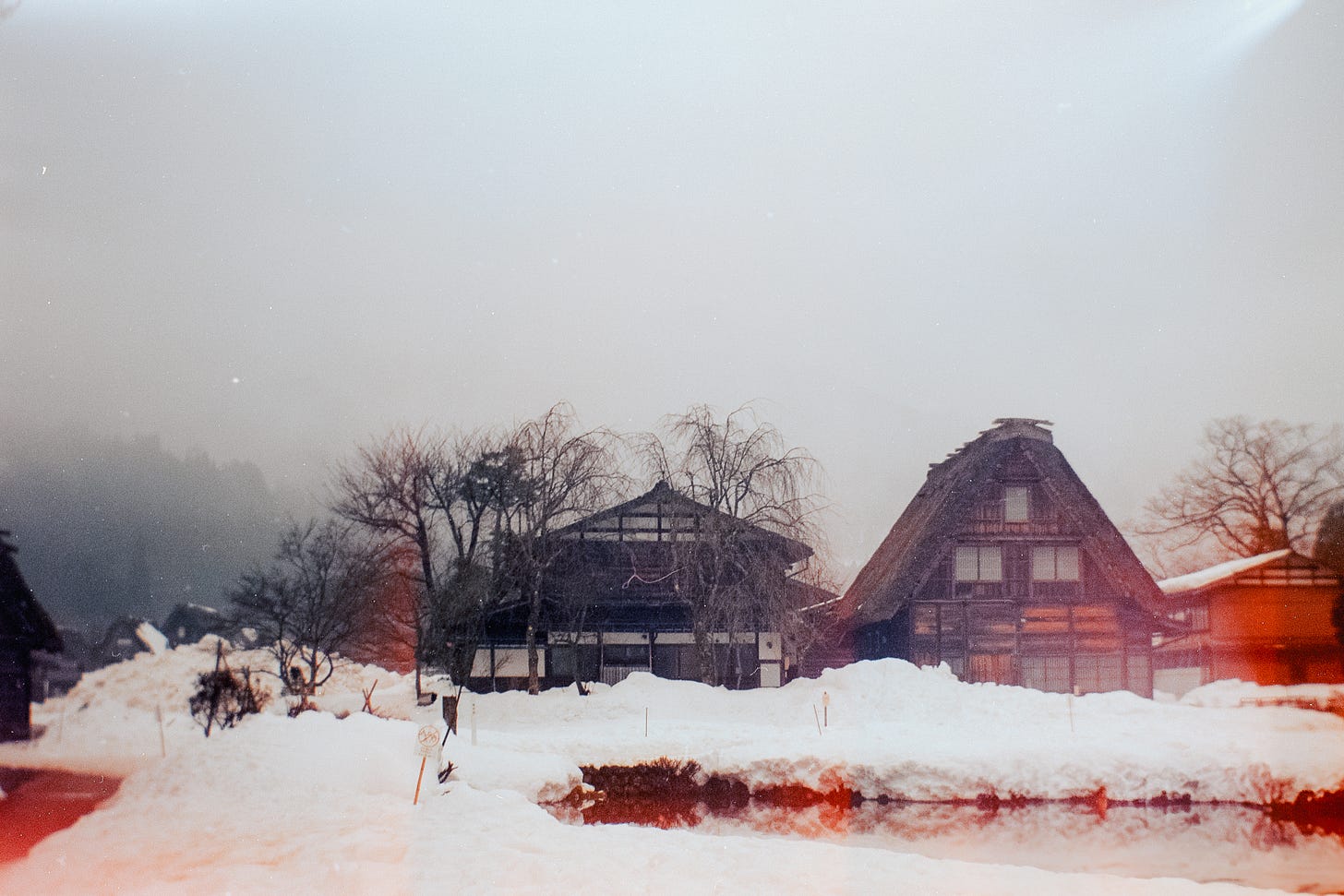
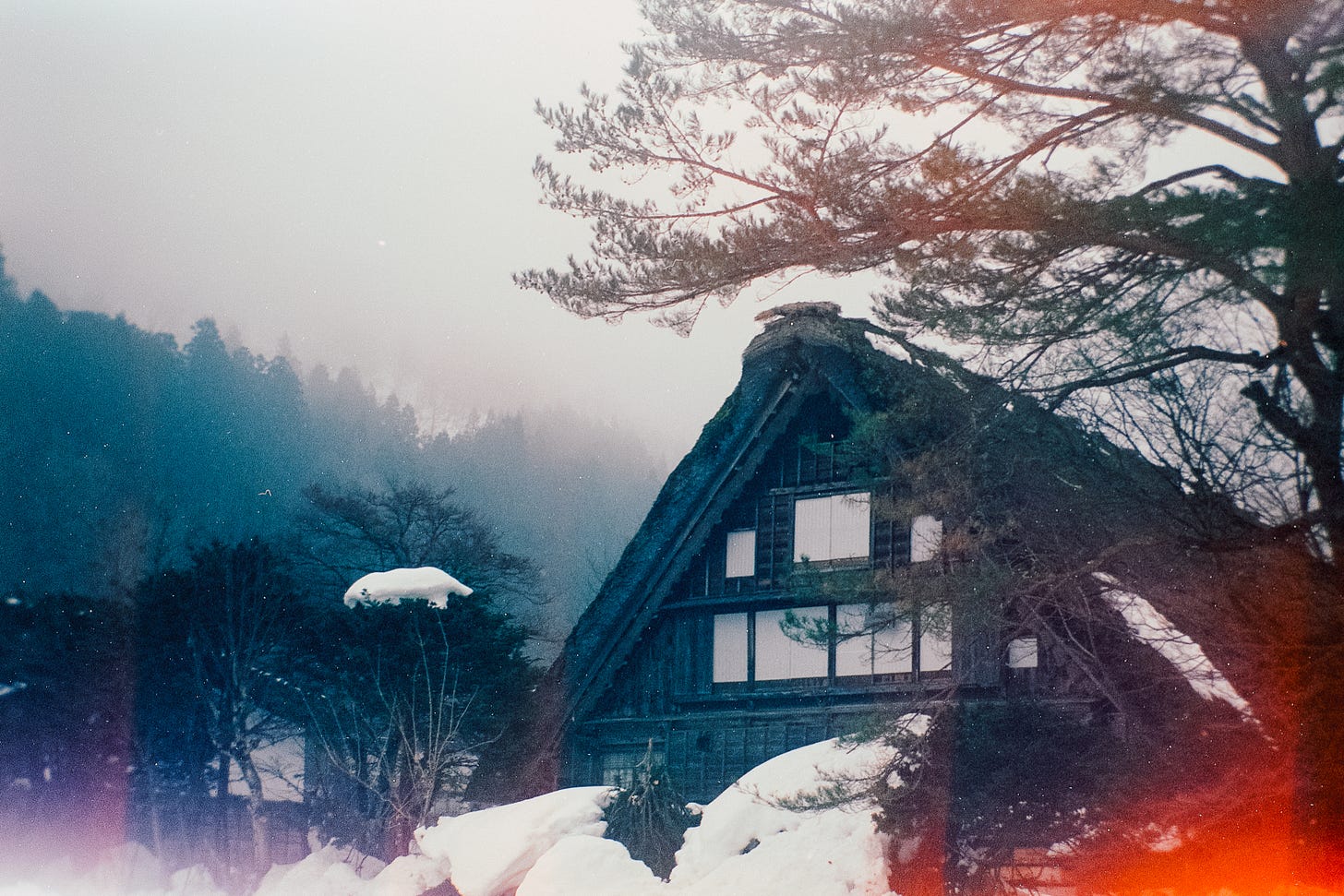
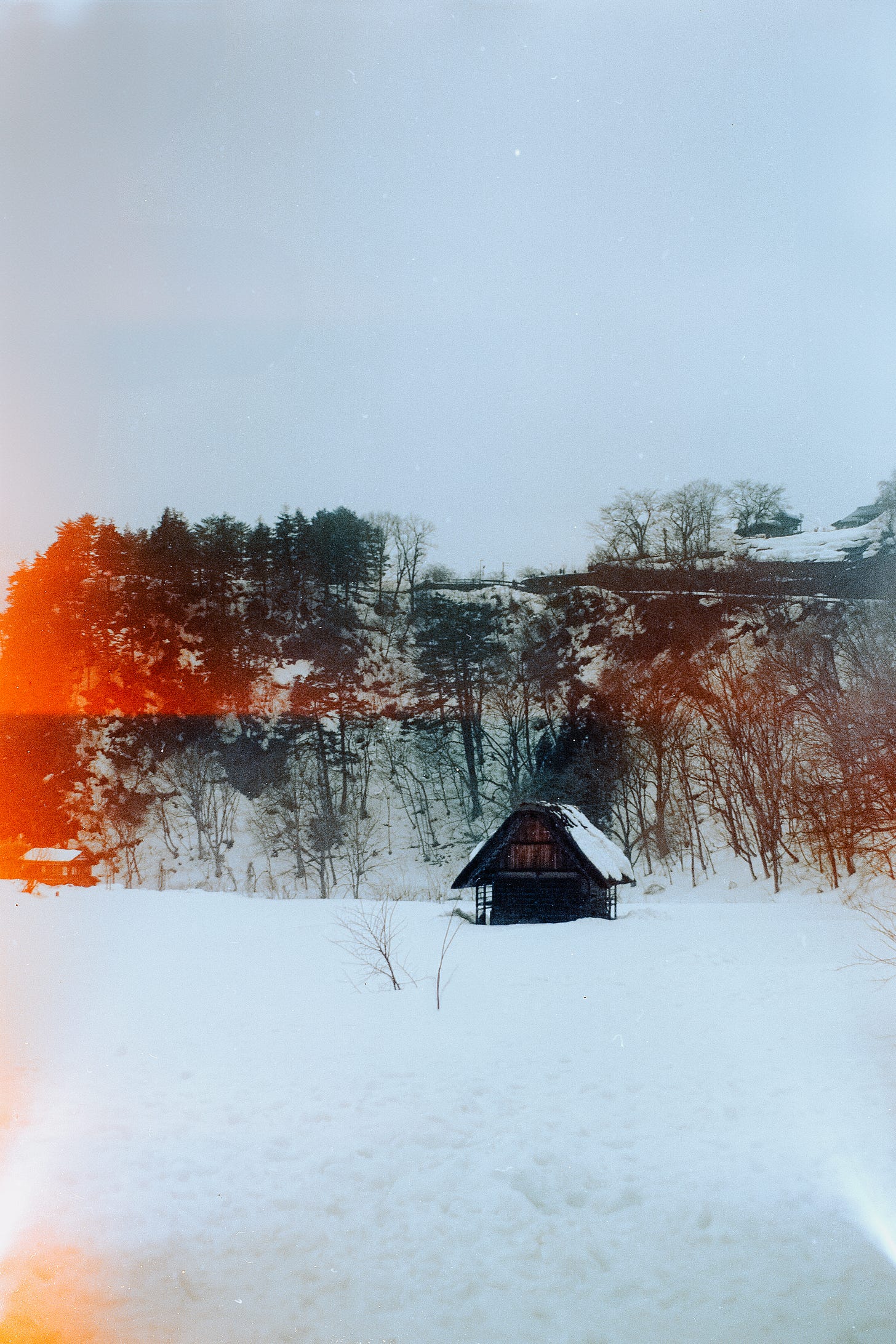
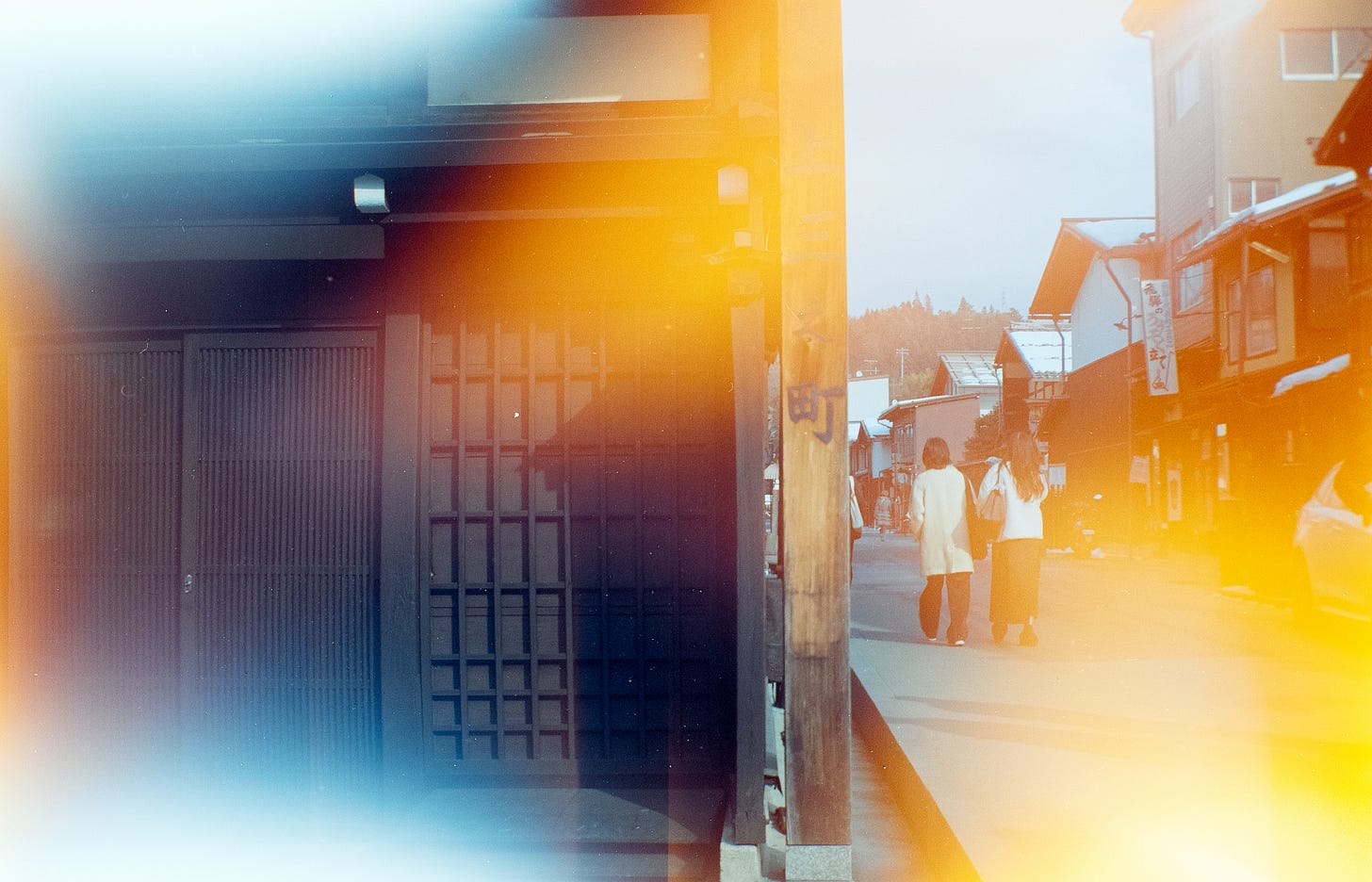
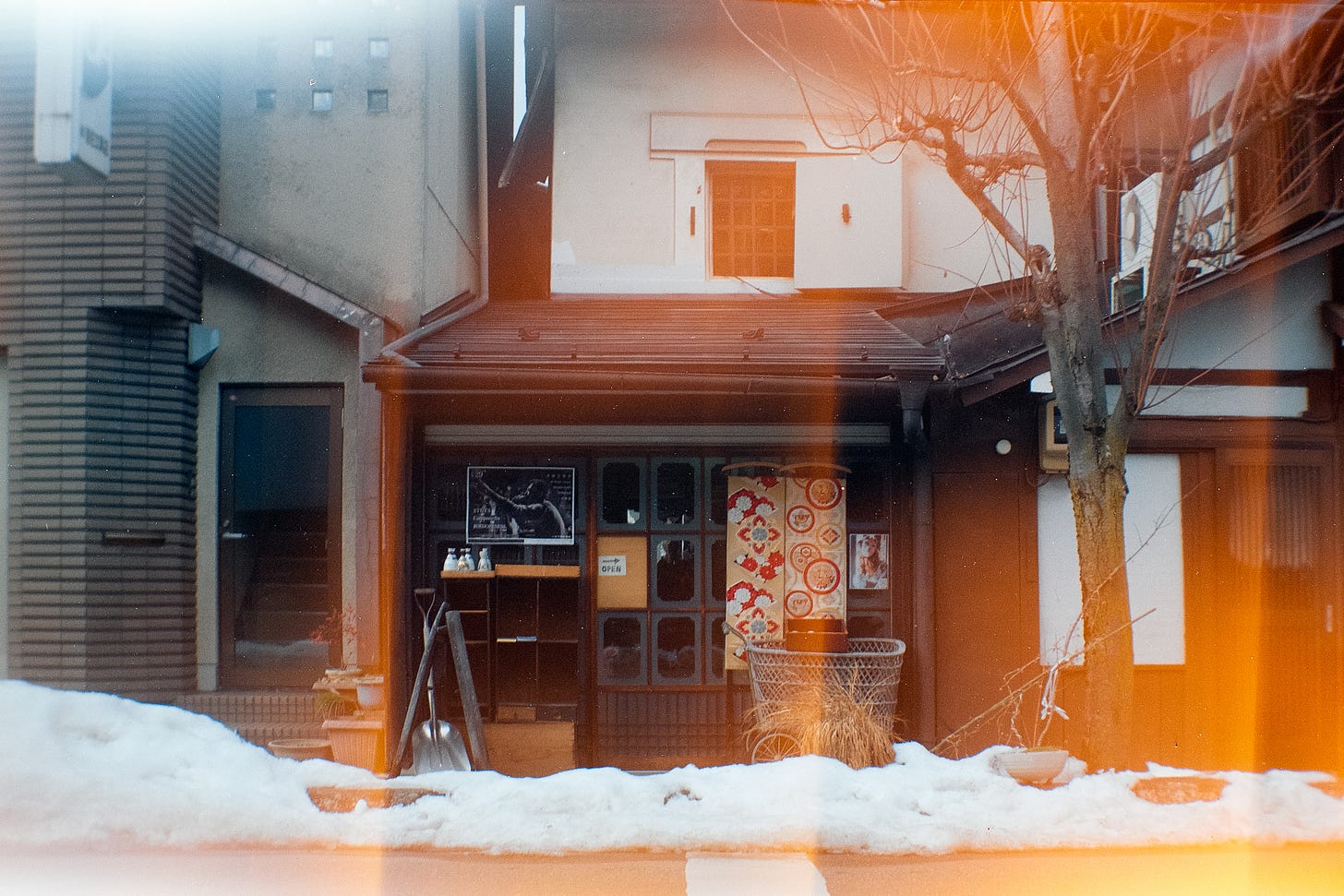
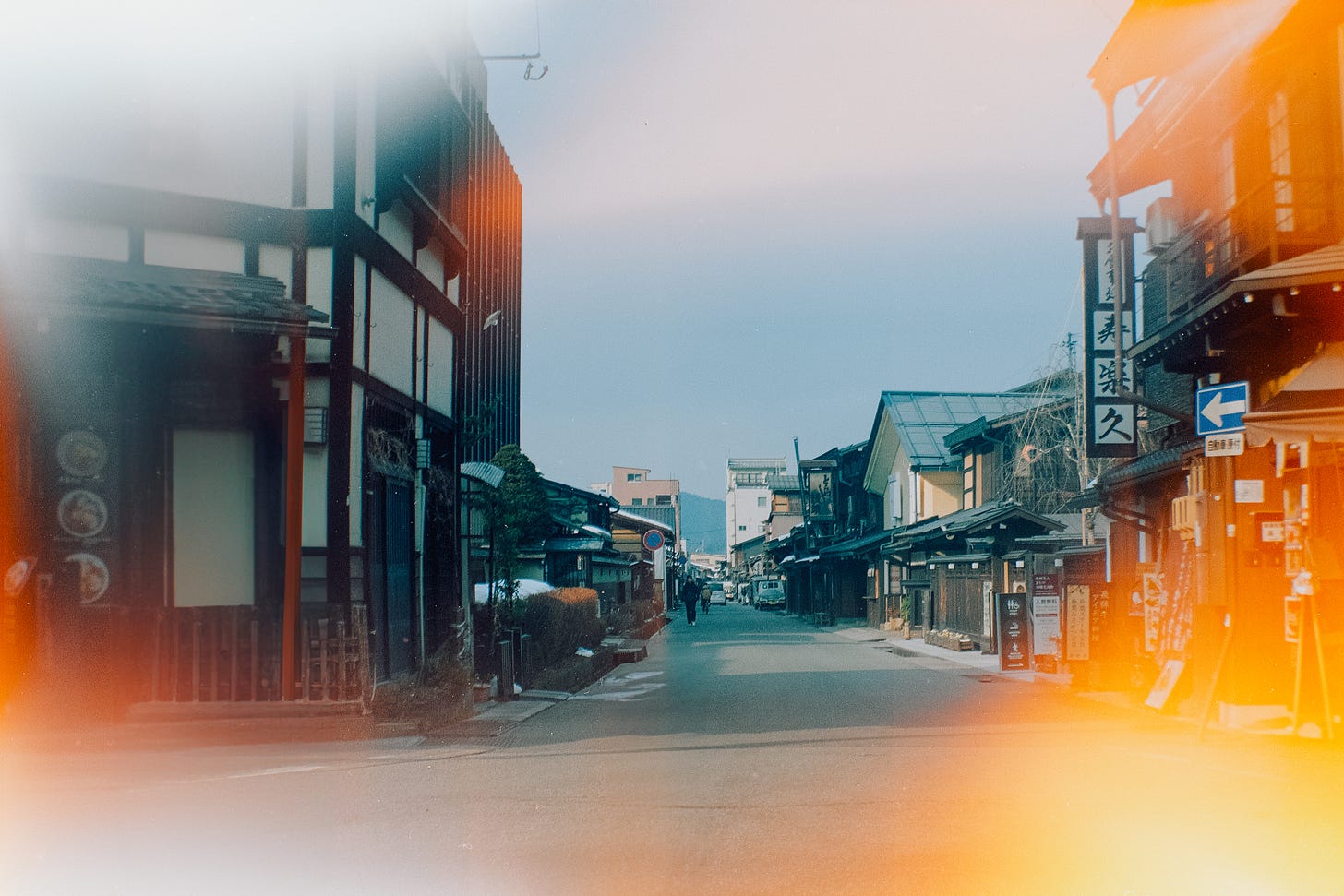
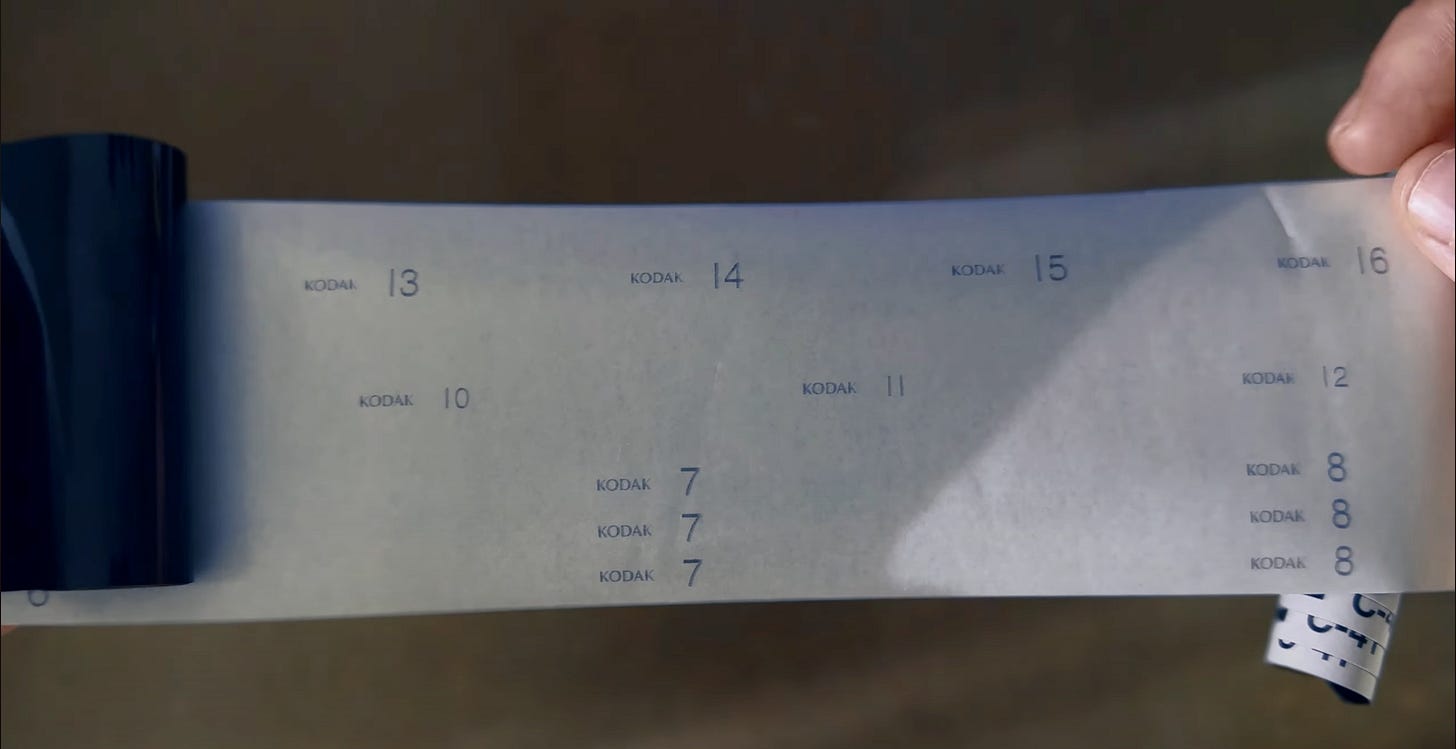
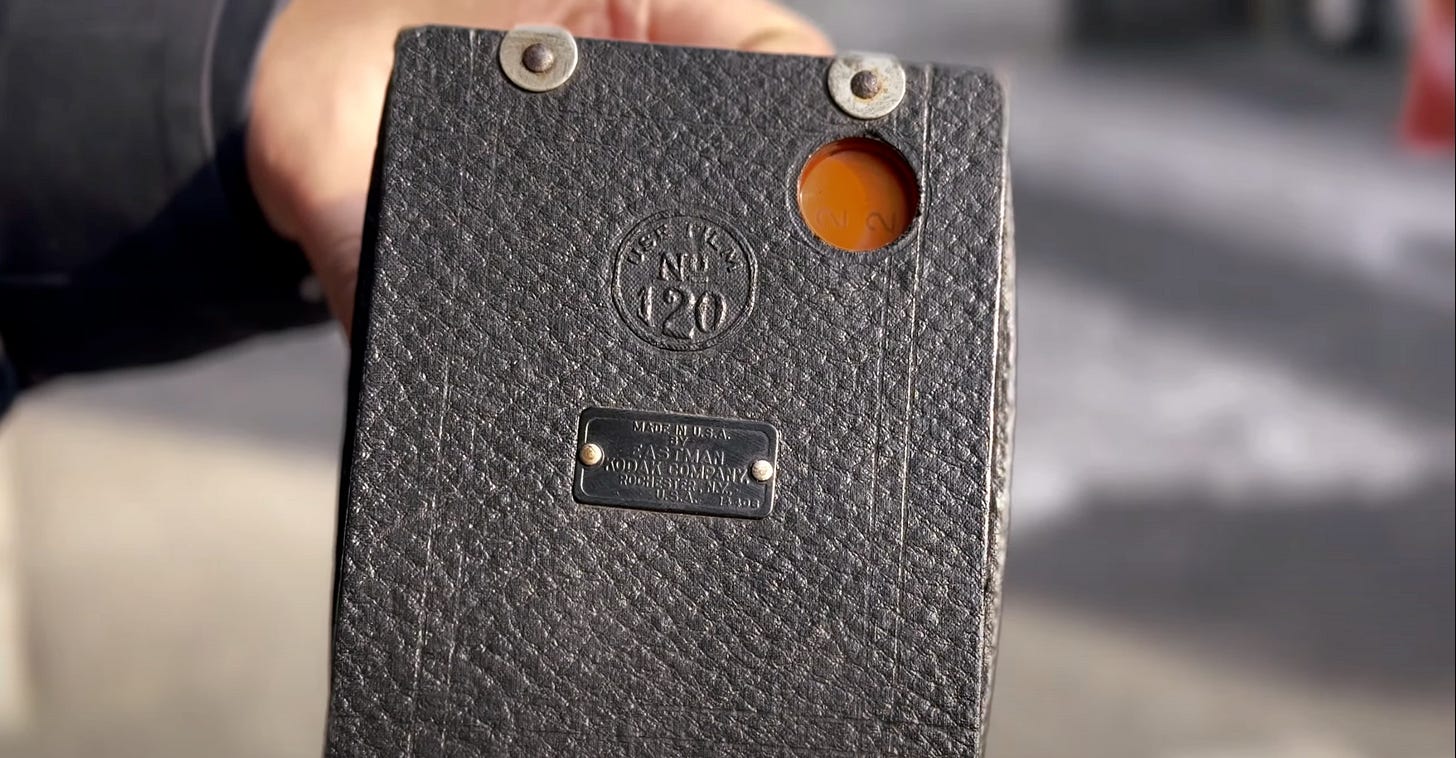
sedap banget hasilnya bang🤩